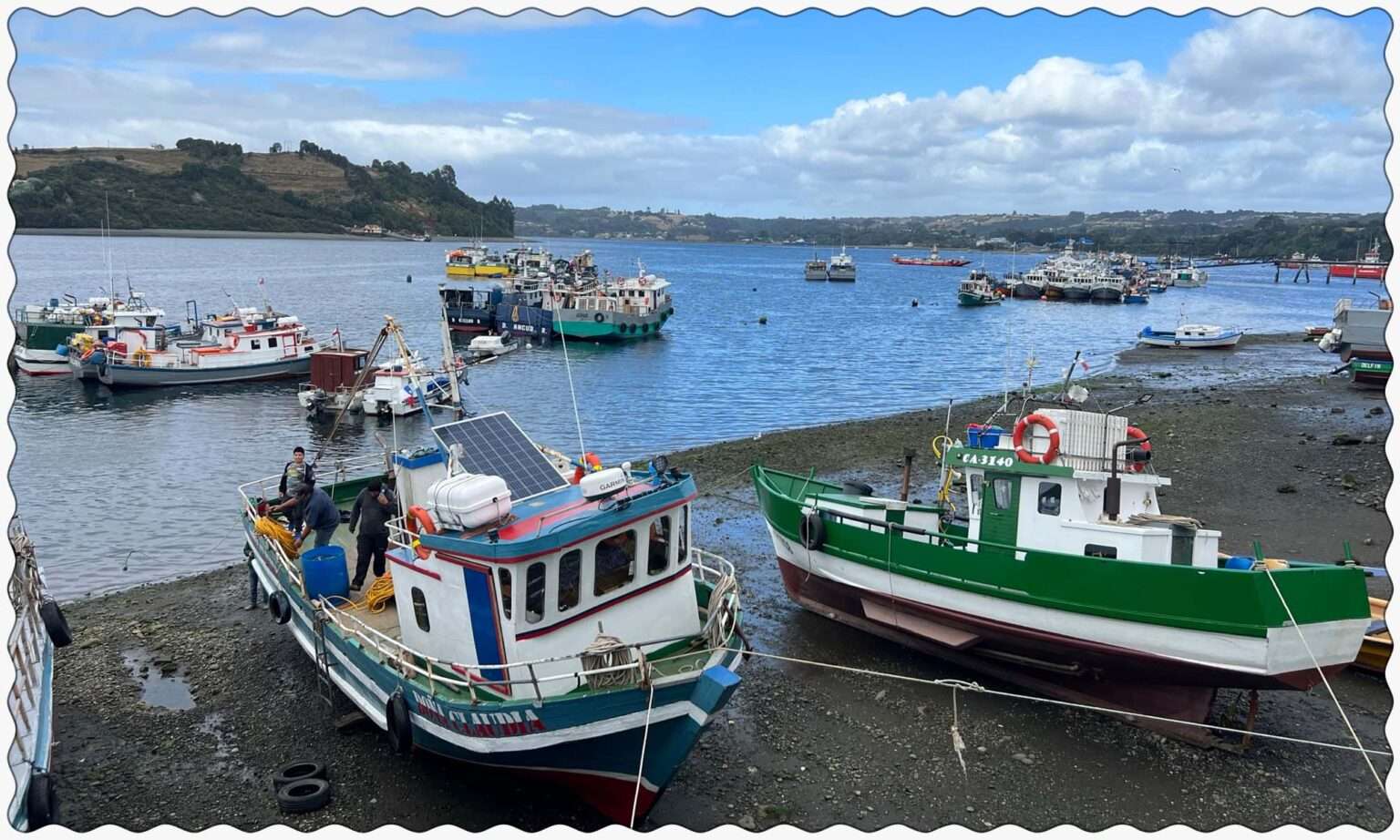Los Lagos Chile is a region of Patagonia on the western side of the Andes. It has some similar aspects to the Argentine side but is unique in many ways. Chiloé was the main reason for our visit, but we were impressed by the natural beauty on the way.
Best Thing I Ate This Week
Curanto at Cocineria Dalcahue (Cocineria La Nona)
Many travel to Dalcahue to visit its Feria Artesanal (craft fair), where only products of Chiloé can be sold. La Cocineria Dalcahue is located conveniently nearby the fair and it is a great spot to stop for lunch after browsing the artisan shops.
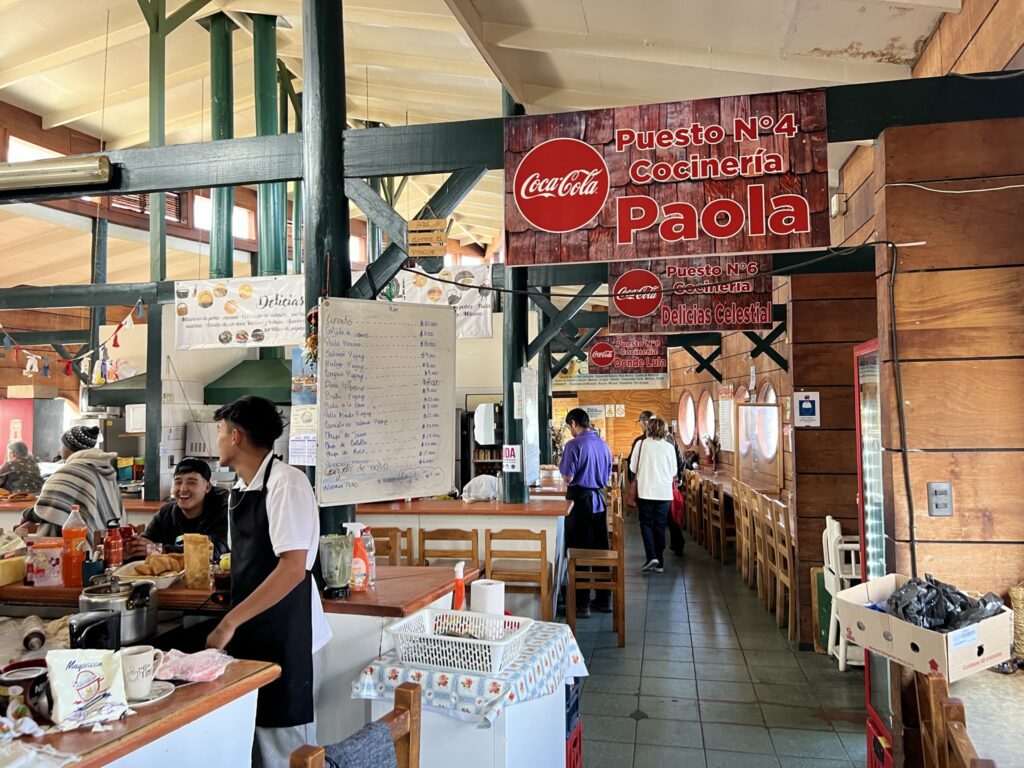
Inside the building there are numerous kitchens led by local chefs who display their traditional menus. It was difficult to decide where to stop, and we ultimately picked Cocineria La Nona because a few people were eating delicious looking lunch plates.
We ordered a Curanto to share which is a dish prepared using cooking methods passed down for generations in Los Lagos Chile. The cook digs a hole in the ground and places rocks at the bottom. The rocks are heated with a fire and then the ingredients are wrapped in leaves that are placed on top of the hot coals. The food is covered in its entirety and left to cook over many hours.
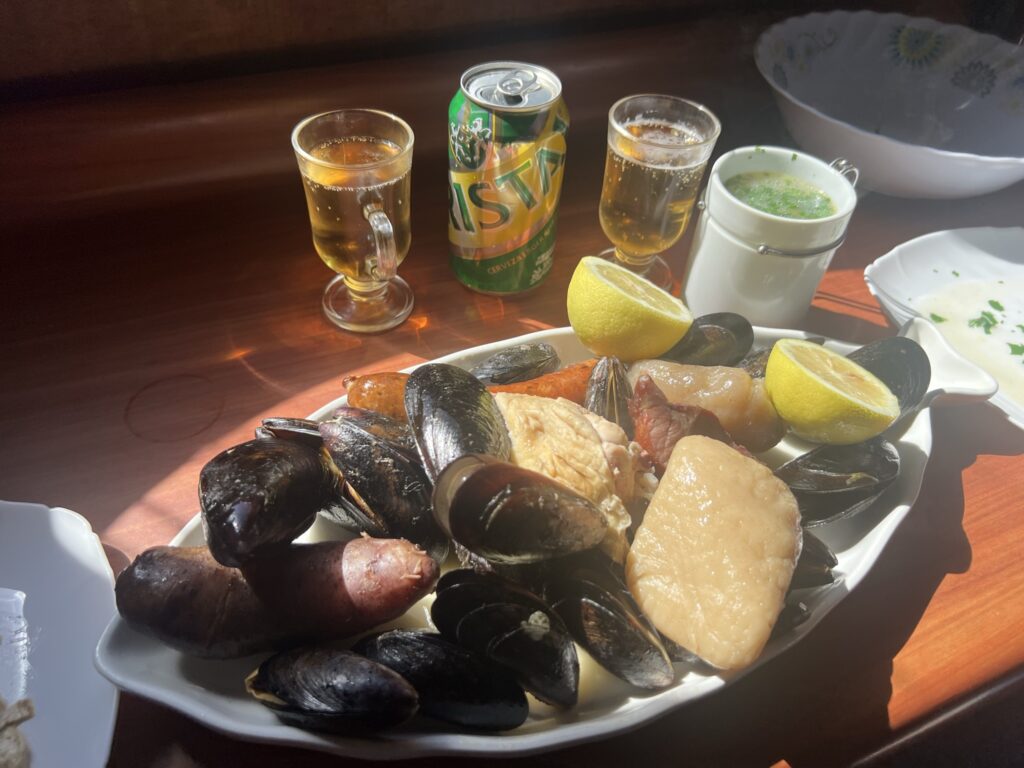
The ingredients that are in the Curanto vary slightly, but usually include meat, potatoes, and seafood. The one we tried consisted of mussels, sausage, chicken, pork, milcao (potato dish), chapaleles (potato dish), and was served with a side of the broth that it cooked in. Although I am not the biggest fan of mussels, all the other ingredients made this a stand out dish. To top off the experience, a local patron recommended a Cristal (popular Chile beer) which was a smooth refreshing complement to the dish.
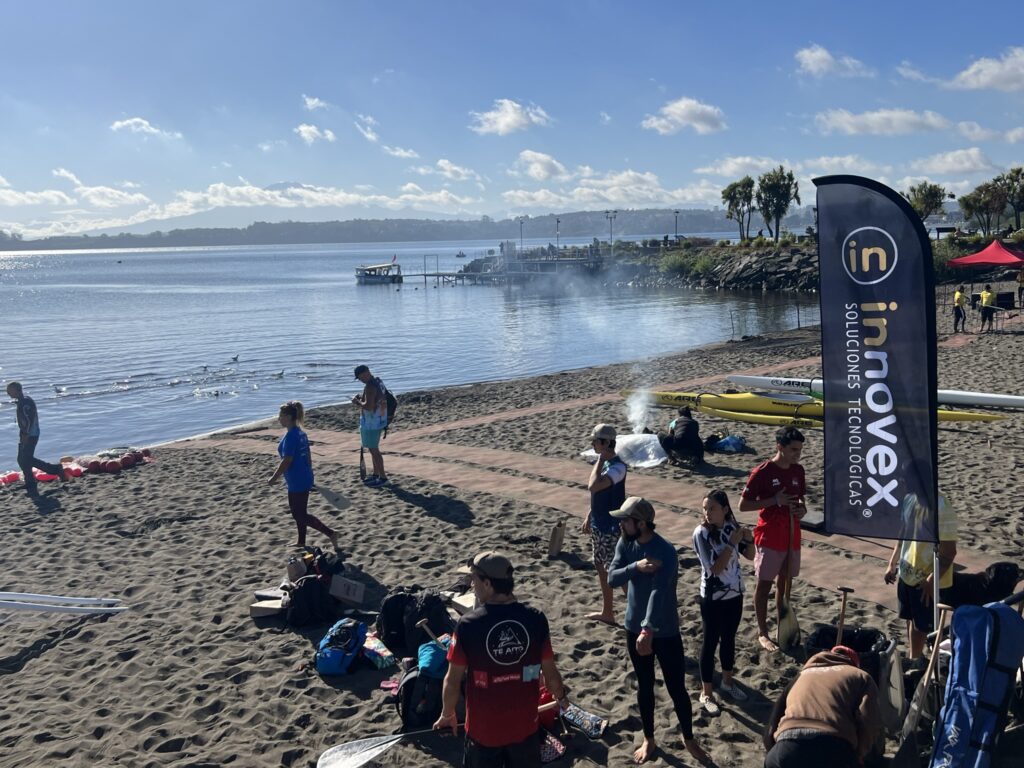
An Interesting Fact I Learned
Chiloé has a rich history of myths and legends
Chiloé is an island that is located in the Pacific Ocean in the Los Lagos Chile region off the southern coast of the country. A ferry is required to visit the Isla Grande de Chiloé (large island) where the biggest towns of Ancud and Castro are located. Given its geographic isolation, many of the traditions have been passed along for generations and are still prominent in the work of local artists today.
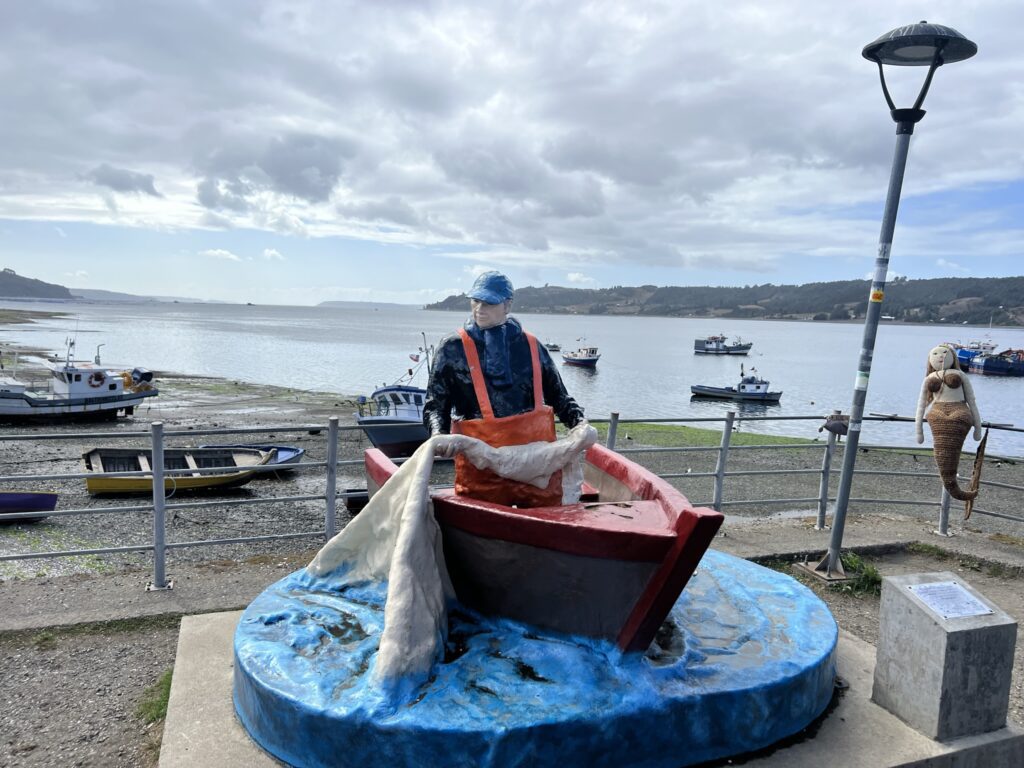
We were recommended a book that summarized some of the fascinating myths and legends of Chiloé. Although we didn’t encounter the myths during our visit, a few of the stories gave more context to the images we saw depicted throughout our stay and are listed below.
Pincoya is a woman of extraordinary beauty that lives off the coast of Chiloé. Fishermen that catch an abundance credit it to her dancing toward the sea at night but if they do not have success the belief is that she danced with her back to the sea.
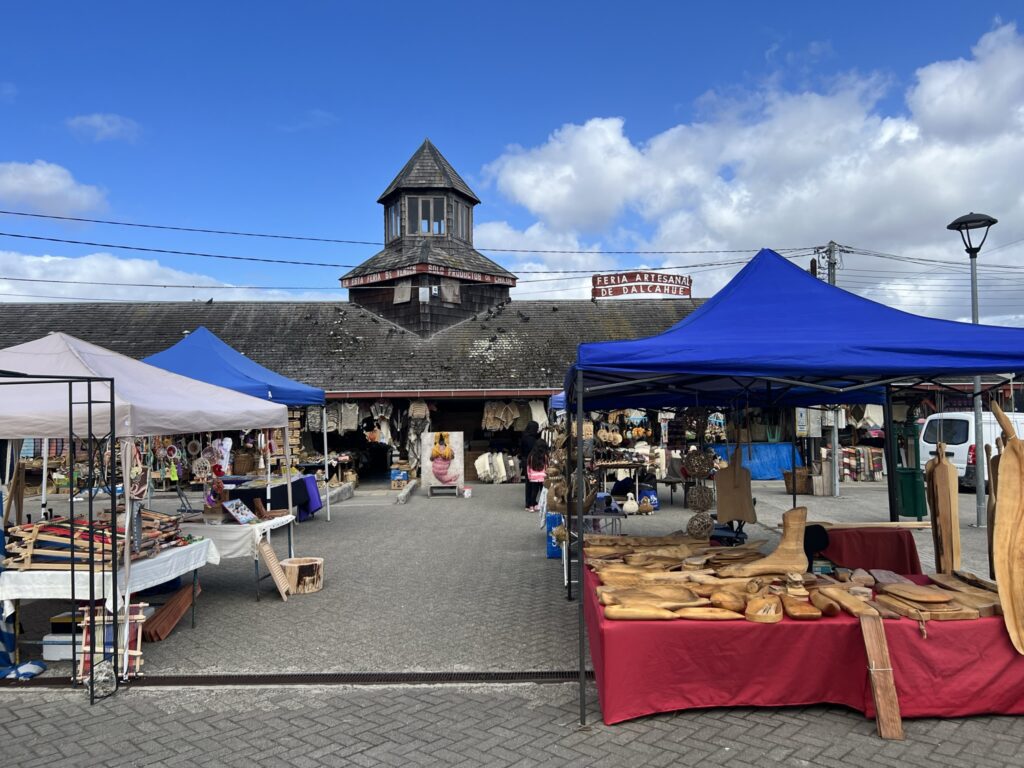
The Caleuche is a phantom ship that appears and disappears with great ease. It is said that when it passes people can hear singing and dancing that attracts merchants to the ship to trade with it for goods that make them prosperous.
Trauco is a troll with a thick coarse face that lives in the forest and always walks around with a wooden stick called Pahuledon. Rumor had it that young women would be seduced by staring at him, and men would befall serious illnesses if they crossed his path.
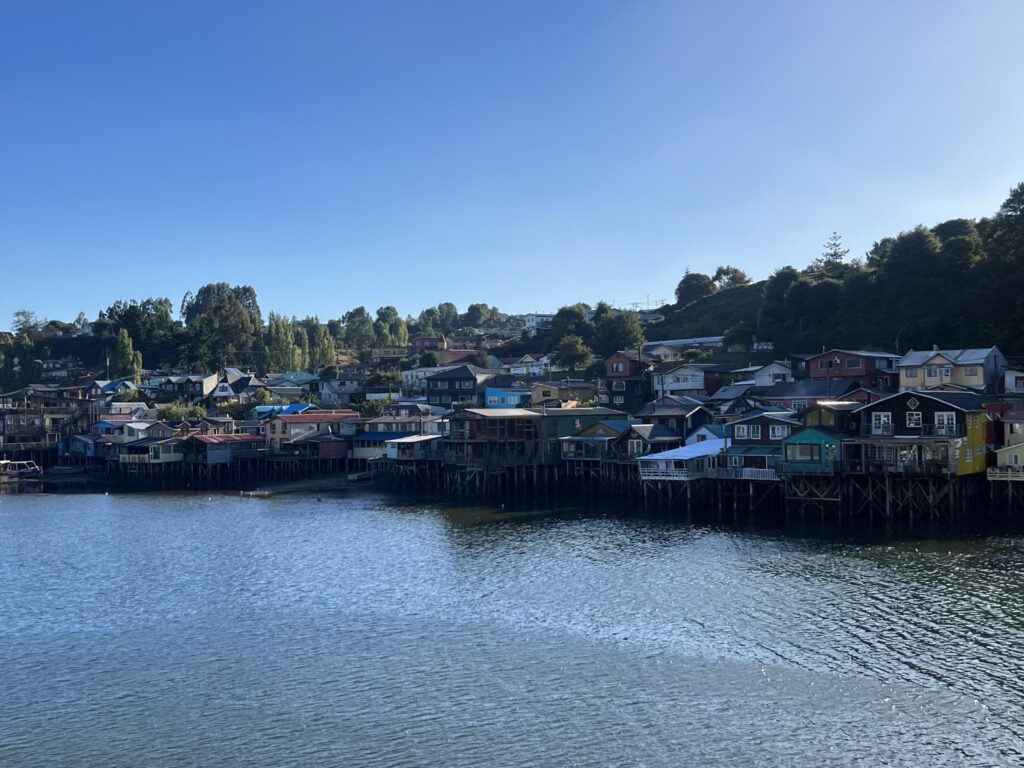
My Travel Tip of the Week
Search for opportunities to combine transportation with touring
Bussing from Ushuia in the far south of Patagonia up to San Carlos de Bariloche has been a long but wonderful way to see the incredible landscapes of southern Argentina and Chile. To reach Chiloé from San Carlos de Bariloche, we needed to cross the Andes and pass through the Los Lagos Chile region which required a 7 hour bus to Puerto Varas then a 5 hour bus to Castro.
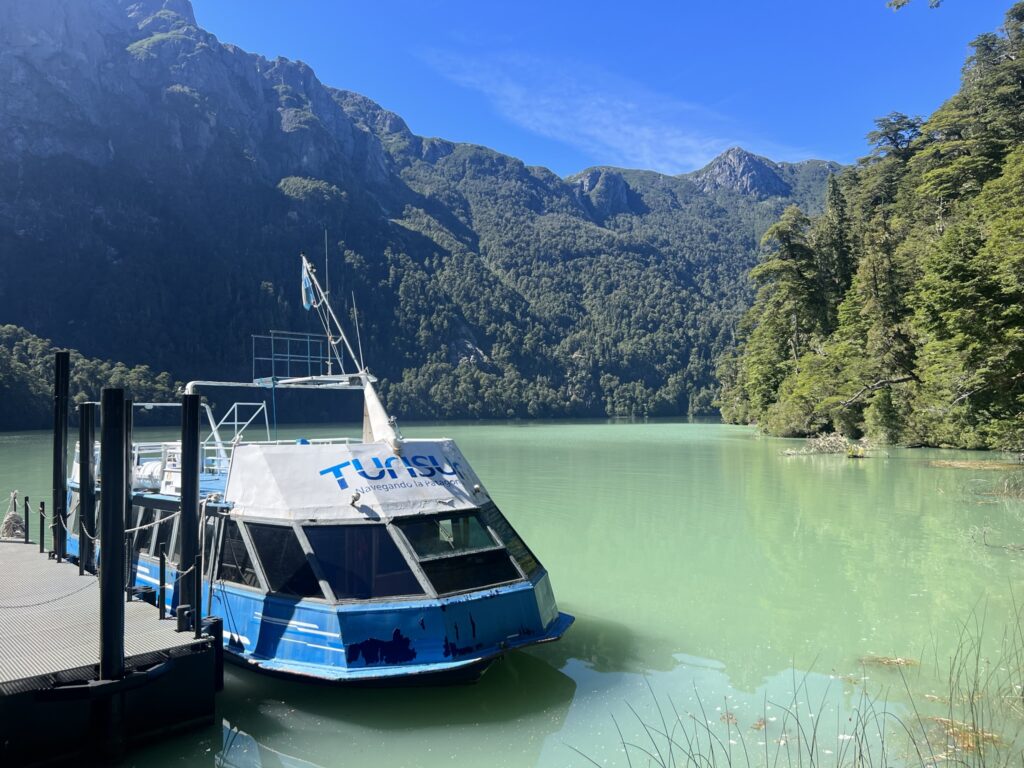
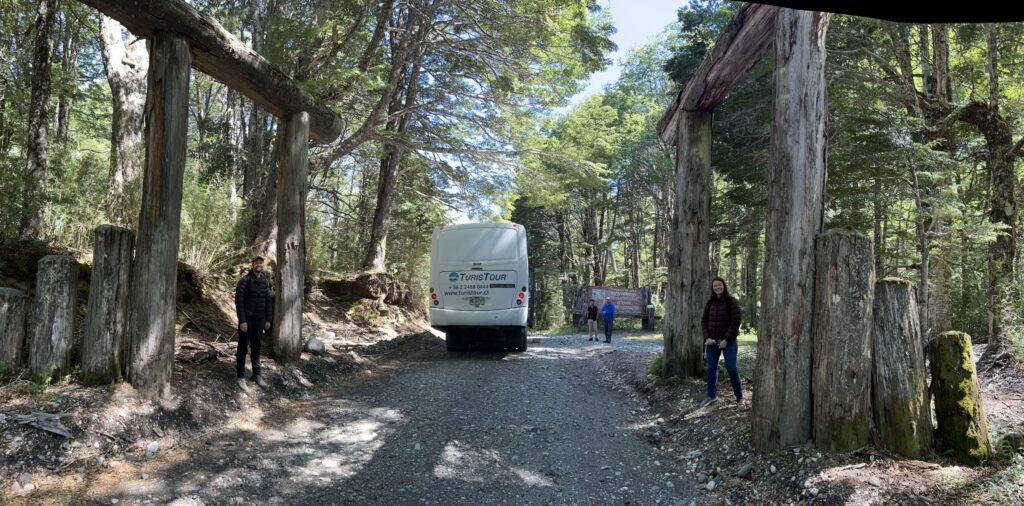
However, the tour company that we used to visit Isla Victoria, Turisur, (you can read more about that experience here) offered a special experience called the Cruce Andino which happened to have a sale for the dates of our travel. We signed up for this scenic route which consisted of a 12 hour journey on 4 buses and 3 boats crossing through the Andes, before finally arriving at Puerto Varas.
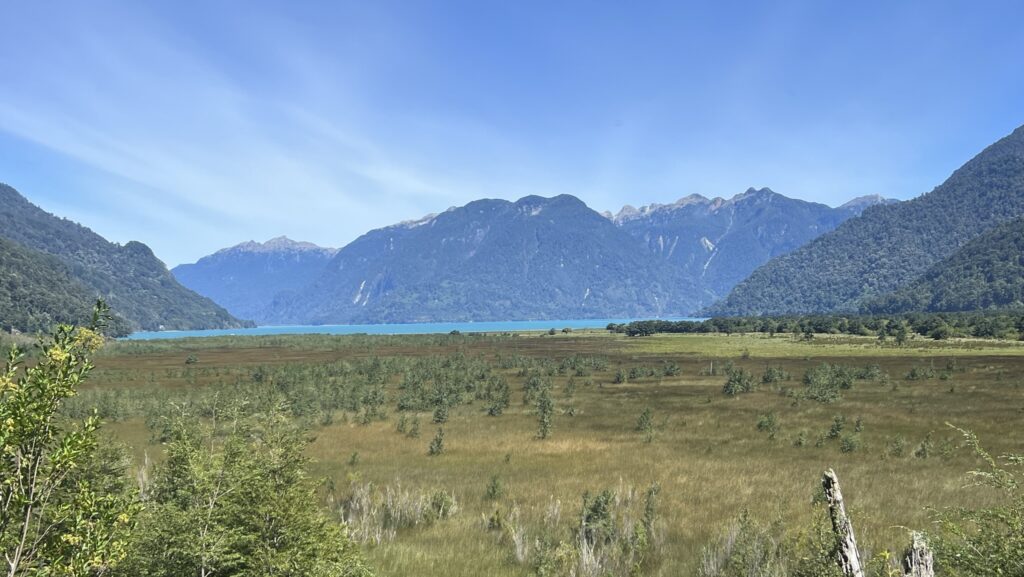
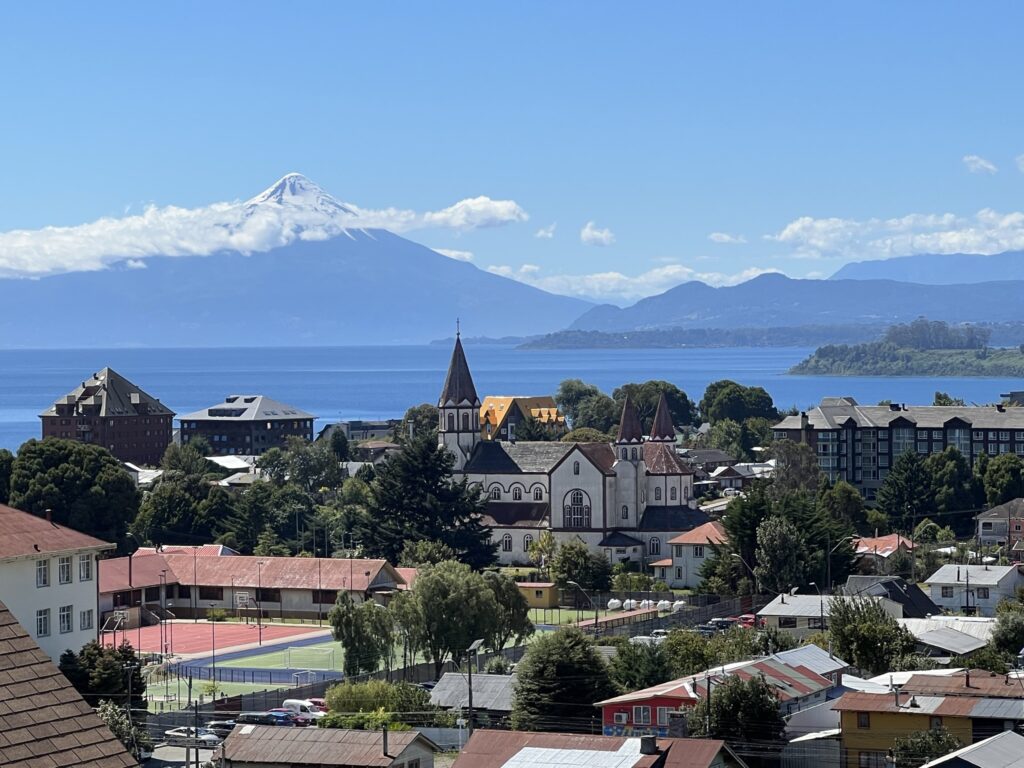
The weather was perfect during our journey which made for an incredible time taking in the sites of Nahuel Huapi National Park in Argentina and Vicente Rosales National Park in Chile. Some of the best highlights included Lago Frias, Paseo Perez Rosales, Cerro Tronador, Lago Todos los Santos, Volcan Puntiagudo, and Volcan Osorno. On top of the beautiful sights we were accompanied by knowledgeable tour guides throughout the trip who shared information about the region. Best of all, we were able to spend a night in Puerto Varas on Lago Llanquihue before completing our journey to Castro the following afternoon.
My Additional Anecdote This Week
Changing lodging type is a nice break from the routine
Most of the time during our travels we have stayed in short term rentals. They are a great way to experience unique neighborhoods, cook meals, and maintain a normal routine during the week. Since this part of the trip required a lot of travel between locations, we decided to change up our lodging to include hostels and hotels which resulted in great experiences.
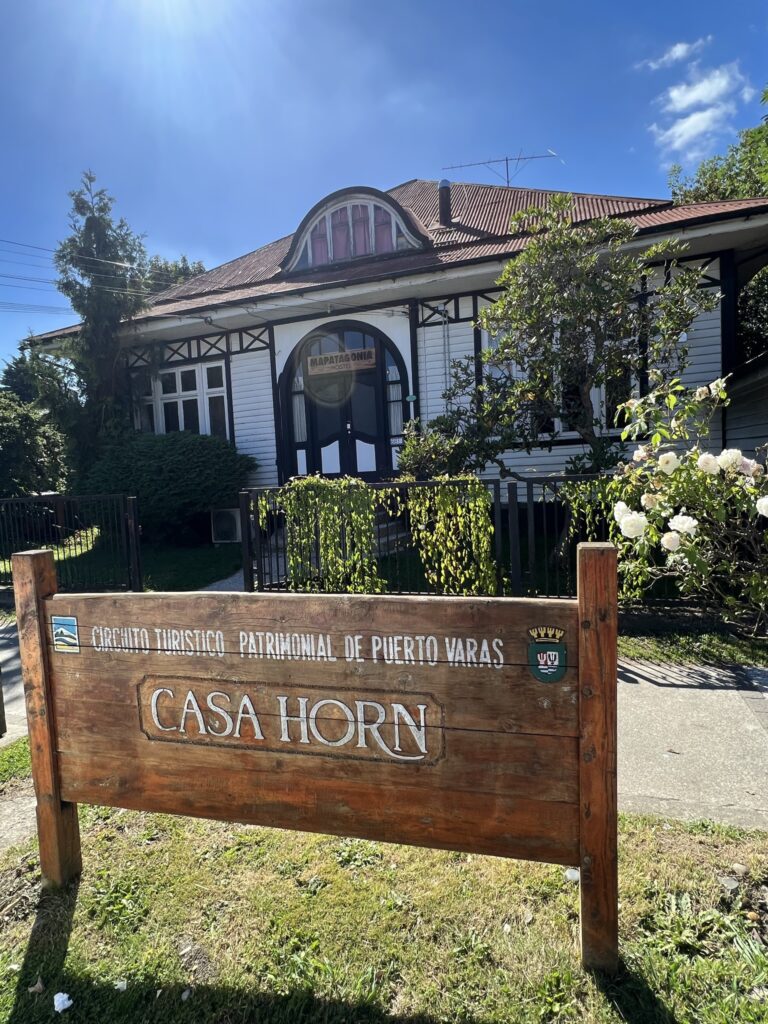
After completing the Cruce Andino and arriving to Puerto Varas, we checked in to MaPatagonia Hostal. The hostel is in an old historical German home built in 1932 and is an example of the traditional European immigrant buildings around Puerto Varas. The interior was comfy and the owner along with the staff were welcoming. It was a great location to check out the historic town of Puerto Varas and a short walk down the street from Lago Llanquihue. While working in the common areas we also met other travelers and bonded over our trips through South America.
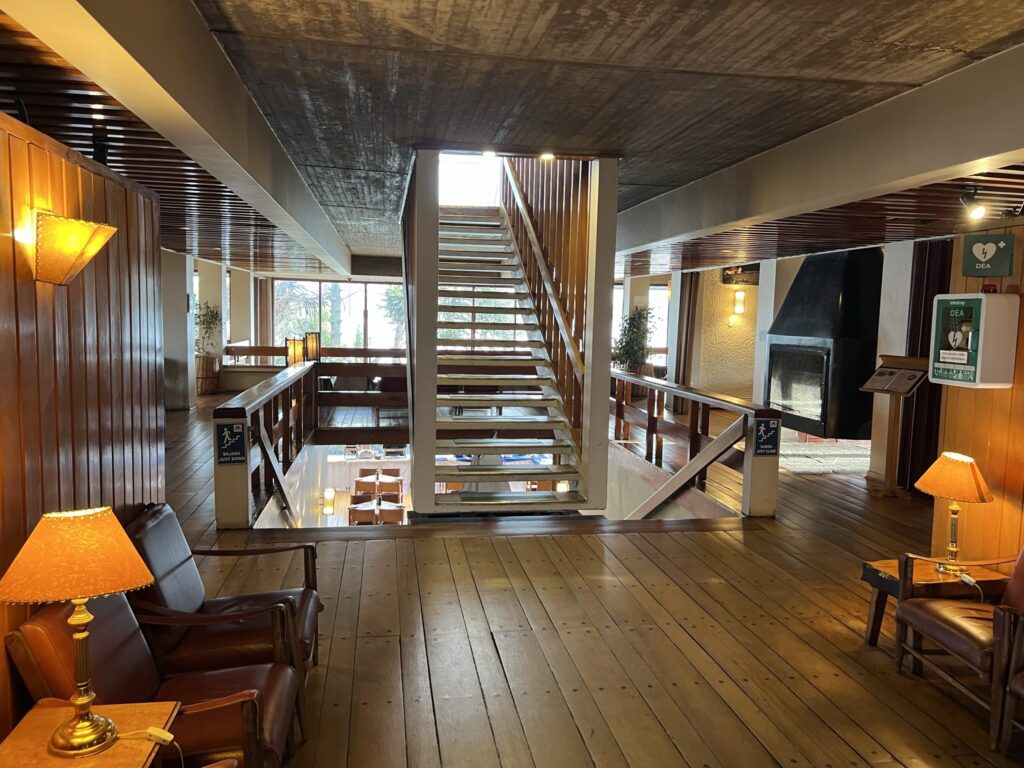
In Castro, hotels were the most common option so we booked with Hotel de Castro. It had been so long since we stayed in a hotel that checking-in immediately felt like a luxury experience. We were so excited when the front desk told us there was a breakfast buffet included and a pool/spa on the lower lever. The kindness of the reception team throughout our stay was fantastic, and it was a great way to relax after exploring Chiloé.
While these were welcome changes, at the end of the weekend we returned to the largest city in the Los Lagos Chile region, Puerto Montt, and went back to a short term rental so that we could focus on our weekly routine.

